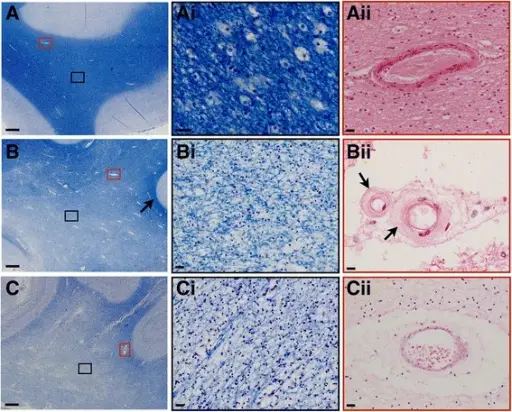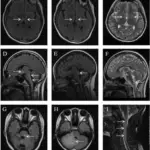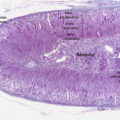Cerebrovascular Disease Pathology Video Cerebrovascular Disease Cerebrovascular disease is a significant source of morbidity and mortality due to cerebrovascular impairment and neurologic dysfunction. Cerebrovascular disease is typically the result of: Ischemia (85% of cases) Hemorrhage (15% of cases) Since serum…
Cerebrovascular Disease Pathology Study Guide

Examples of normal white matter versus severe white matter lesions with and without small vessel disease. Normal white matter and severe white matter lesions of the parietal deep white matter with and without small vessel disease. A-Ai, normal appearing white matter and a normal white matter artery (Aii). B, white matter lesion indicated by widespread pallor of the central white matter with typical sparing of the subcortical U-fibres (arrow); Bi, higher magnification of white matter lesion exhibiting severe rarefaction, i.e., myelin and axonal loss; Bii, white matter arterioles from white matter lesion area exhibting arteriolosclerosis with hyalinisation (arrows) of vessel walls. C, white matter lesion with severe white matter pallor; Ci, magnifies image of severe white matter rarefaction; Cii, white matter arteriole with enlarged perivascular space but no small vessel disease-related fibrosis or hyalinisation. Of note, this case exhibited severe tau pathology in the overlying cortex, suggesting Wallerian-like degeneration to be the cause for white matter damage. Images captured from serial sections. Histological stain Luxol fast blue was used for images A, Ai, B, Bi, C and Ci; H&E stain was used for Aii, Bii and Cii. Scale bars represent 1mm in A, B and C and 20μm in Ai, Aii, Bi, Bii, Ci and Cii. Is the time ripe for new diagnostic criteria of cognitive impairment due to cerebrovascular disease? Consensus report of the International Congress on Vascular Dementia working group
BMC Medicine. Not Altered. CC.


